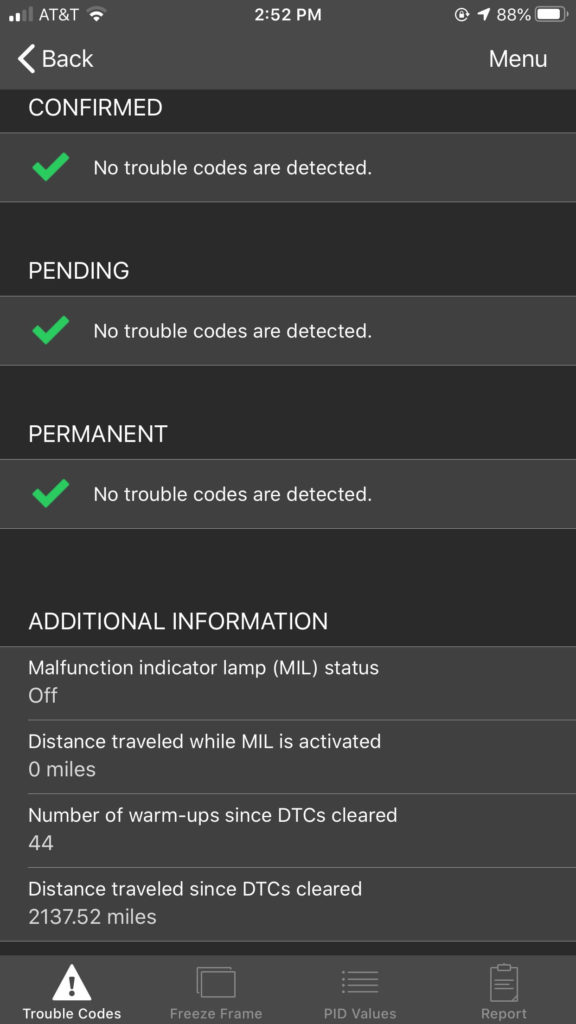I’ve been asked what I installed on my bike as accessories and modifications. Here is the list. Some of these items were carried over from my previous bikes, or previous trips. Link goes where I bought the articles (I’m in France, so maybe not your best link if you live elsewhere).
- Heated grips. Tecnoglobe GOLD EVO 130/22mm. Using a G2 aluminium throttle tube for an easy install. See the heated grip article for install.
- Raximo short brake and clutch levers. The site is rubbish, I can’t seem to be able to link to exactly what I ordered. When you mount them, watch out, the left and right don’t mount the same way…
- Bar risers. KTM p/n 7890193934430. From my local dealer. Nice in black.
- Vanasche Motorsports Billet GPS Mount (I’ve designed my own 3D printed one, which works fine, but the Vanasche is awesome)
- Garmin Montana 680 and its powered support
- Kodama fuel tank carbon protections. Just to add a layer of kevlar on the part that touches the ground first.
- Rear footpegs sliders KTM p/n 61303946044), bought online.
- Perun moto luggage rack. Everything you need in a rack!
- Rear ABS cable protection, Motominded design, self-printed in 3D from their model with authorization (Thanks!)
- Motoz Rallz. Works magic in our local deep mud.
- Enduristan base pack XS (12L). For day trip, on top of the rack, or for longer trips strapped to the blizzard.
- Enduristan Bottle holder. Permanently fixed to the rear rack.
- Enduristan Blizzard L. For longer trips.
- Enduristan Tornado M. Complements the Blizzard.
- Dual camera setup-Blueskysea DV688 + GPS. Always on, always capturing what’s going on around me.
- Diabolos Vparts M10x150 Teflon noir (At Ixtem-Moto. No longer available)
- Bihr LV8 + V supports (At Ixtem-Moto. Out of stock)
- Insurance card holder. IMC square, black
- Crit’air holder. IMC circle. black
- A quadlock mount with a wireless charging head simply on the handlebar.
- A crap flap from kytu, in Spain (he no longer make those)
- A doohikey to move the windshield forward a little, also from Kytu.
I also acquired a set of 19/17″ road wheels, originally from a 1050 Adventure. Those bolted right on, I only had to find a rear brake disk, custom ABS rings, a 42 teeth sprocket and a set of road tires (Dunlop SPORTMAX ROADSMART III 110/80R19 59 V, and 150/70R17 69 V)
The awesome people I do recommend:
- Ixtem-moto are the best. Michel’s team is always listening, and their service is top notch. I’ve been buying all my non specialized accessories from them for years. Best French distributor ever.
- Louis, from Enduristan France, is also providing excellent service on their excellent luggage. I buy directly from them instead of going through Ixtem (sorry Michel) because Louis gives me a discount, for no good reason at all 🙂
- I’ve talked quite a bit with Chris at Motominded, as when he designed their GPS support he used my design as a starting point. He improved it tenfold, and there’s not a lot left from me in their current product, but he was kind enough to give me the printing right for my own ABS cable protection in exchange. So thanks!
- Perun Moto really do care about the quality of their products. Nikola Maletic, the owner, is very active on the forums, and evolves his products to make them better all the time.
- Andrew Vanasche seriously care about his products. The design behind his GPS support is the best I’ve seen.
- Ian Chappel (RIP) was a great bloke, making specialized parts not available anywhere else. He is missed.





Recent Comments